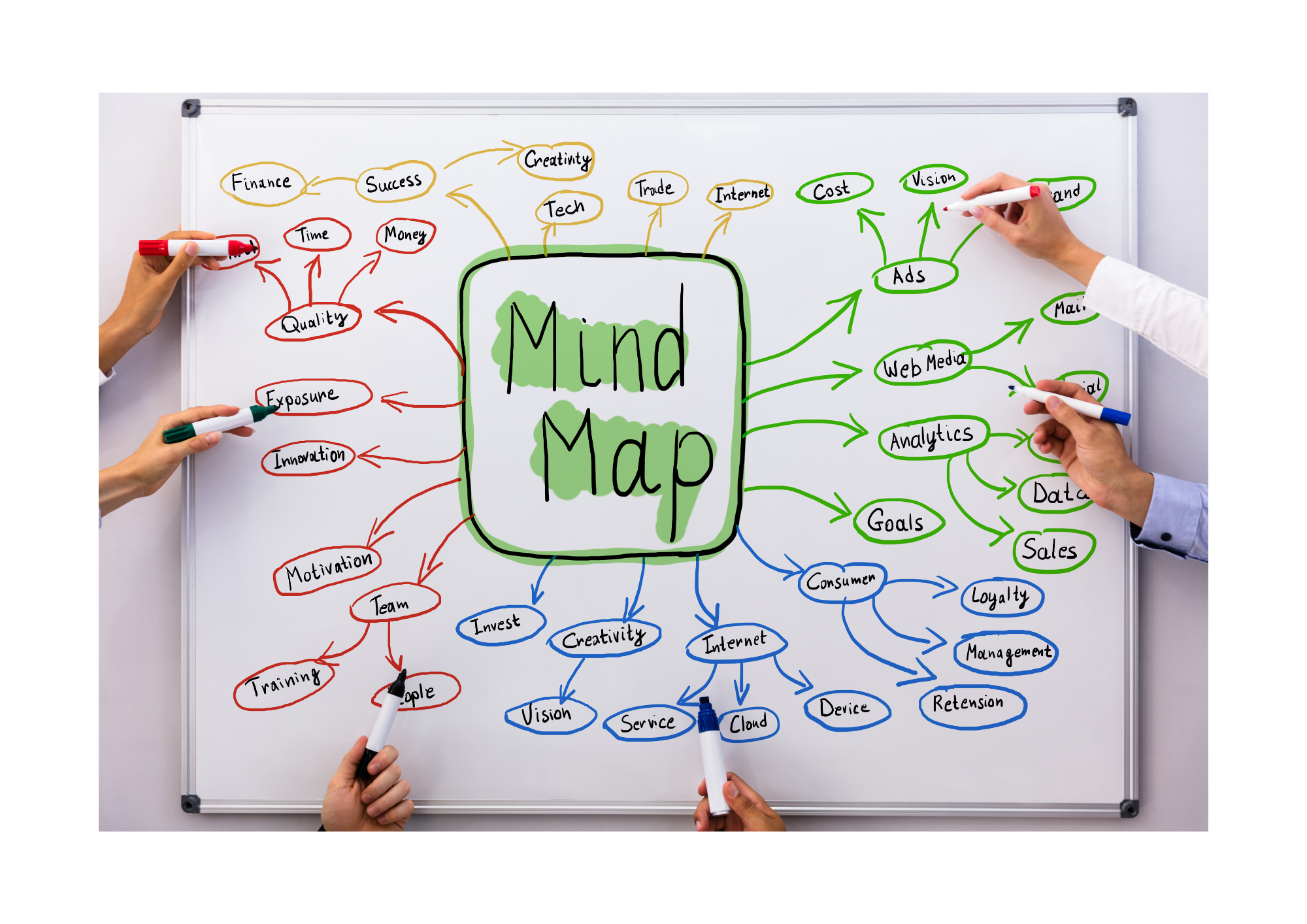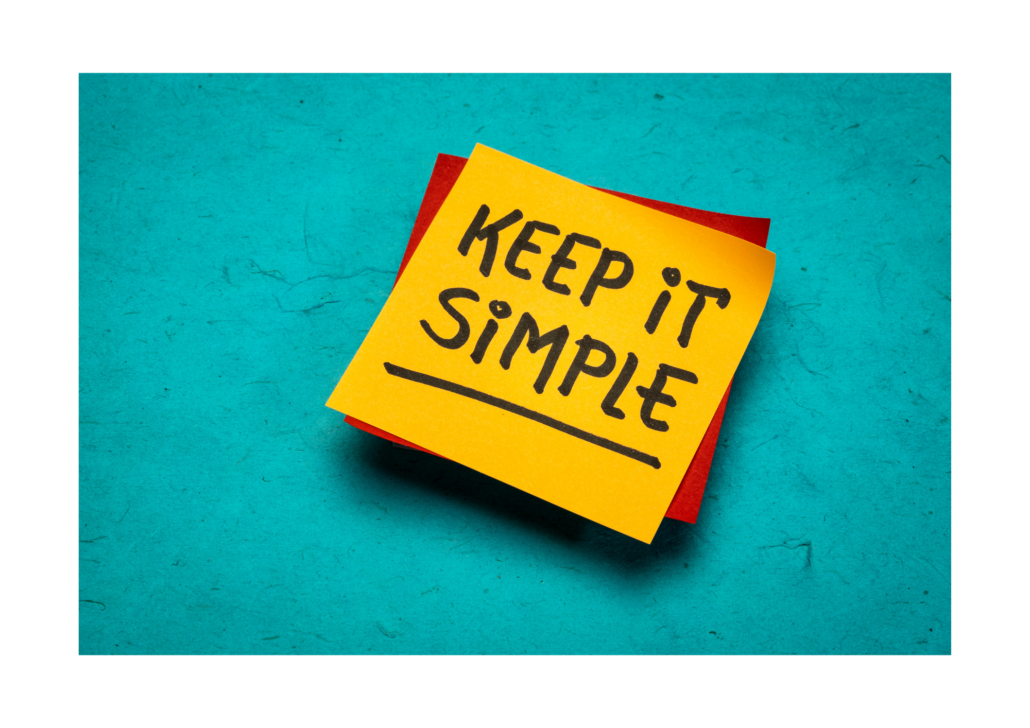As educators, we know that note-taking is a valuable learning tool. It prompts students to be active learners, engaged with the content, and writing things down helps the concepts connect to long-term memory.
As former students, we also know that note-taking can be a tedious task that is so boring that it takes the fun out of learning.
Fortunately, there are strategies to transform the note-taking experience into one that engages creativity so that students can blend learning with how their minds naturally wander.
Below are five note-taking strategies that will help your students organize their learning and thoughts in a way that works best for them.
One way to scaffold the introduction of these note-taking strategies would be to introduce one every week or two and give your students a chance to practice these skills in a safe and low-stakes environment.
Bullet Journaling
Bullet Journaling is an optimal strategy for students who like to keep things simple, organized, and easy to read. Students can design their bullet journal pages in various ways, laying out the information in a way that makes sense.
At the end of the note-taking session, each student’s bullet journal pages will look unique – from simple and sweet to full of color, patterns, and illustrations!
Bullet journals often involve:
- Graphed paper so that writers can use lines to create sections on the page
- Various writing utensils that allow for contrast between different colors, shades, and highlighted headings and text
- Sticky notes to add a layer to a page and emphasize or section off specific information

Mind-Mapping
Mind Mapping is a fun way to explore all possibilities within a learning concept. To begin, start with a blank sheet of paper. Have students write down a central concept in the middle of a paper and draw a shape around it, such as a circle. Next, students create branches that extend out of the shape, where they can add a line of notes about the concept.
Each branch can have additional branches extending from it with more in-depth details about the sub-concept of the main branch. The cool thing about mind mapping is that it can grow exponentially!
Tips for mind-mapping:
- Have students highlight each branch in a different color to categorize sub-topics of the primary concept
- Add small illustrations towards the end of some branches to more easily identify the subtopics
- Leave plenty of room between each main branch to allow for additional branches

Brain Dump
Ever feel like you have too many thoughts floating around your head, and you’re not sure where to begin to categorize them? Your students may feel this way after learning about various topics all day. Let them release some information through a brain dump!
A brain dump session is where a student writes down or illustrates everything they can think of about a particular topic. Students can add lines of information, pictures, formulas, quotes, lists, and more to a blank sheet of paper.
Once your student feels like they have exhausted their knowledge of the topic, they should take a step back from the paper and look at it with new eyes. What patterns do they notice? What pieces of information connect? Does one step lead to another?
As your students notice connections between the information and illustrations they “dumped” onto the paper, they can add arrows, post-it notes, and borders to connect and section information.
The result may look like organized chaos, but students will understand what they know and still need to know!
Fun topics to practice with a brain dump:
- New Year’s Resolutions
- Places you want to travel
- Lifelong goals
- Summer bucket list
- Books to read/films to watch

Sketchnotes
Sketchnotes are an effective way to blend both academic and artistic note-taking. Sketchnotes are perfect for the students who love to doodle as you teach. Keep both their hands and minds busy with this note-taking strategy!
When students take sketchnotes, they will start by jotting down the main topic. They could write it in a fun way with a unique font and a border around the word. Next, they will add concepts, terms, and quotes to the paper.
After the core content is on the paper, students should add arrows to connect ideas, borders to group ideas, and stars to highlight important ideas. They can also add illustrations to emphasize the importance of key concepts. Finally, they can add color to make their ideas pop!
Your student will end with an artistic-looking paper packed with information! They can use it as a one-stop shop for reviewing what they learned.
Sample Match Sketch note Checklist for Students:
Do your sketch notes include:
- At least three terms and definitions
- At least two formulas from today’s problem set
- At least one sample problem and a step-by-step solution
- At least one “aha” moment
- At least three illustrations
- At least two highlighter colors
- At least two borders to group information
- At least three arrows to connect the information

Google Keep
Do your students love to work on their laptops? Let them go digital with Google Keep! In Google Keep, students can create notes in a similar image to Post-it notes. Notes are displayed side by side and down the page or in a list form, making it easy to find and review.
At the top of each note, note-takers can type in the concept and date. The section below allows for bulleted note-taking. Next, note-takers can add a theme, image, and color to the note to distinguish it from others. Finally, add labels to each note to keep it organized by class or unit.
Did you know?
- Students can share Google Keep notes with others for collaboration purposes
- Students can set reminders within Google Keep to remind them to review notes before a critical test
- Notes can be archived when the unit is over but will still be available for review if needed

Now that you have learned five ways to take notes that encourage active learning and creativity, let your students find out which method is their favorite.
Let students learn from one another as they practice and share these note-taking strategies, acting as a learner and a leader. Be open to student feedback over these methods of note-taking, and be responsive to their thoughts.
Most importantly, see how students grow as they take their learning to the next level!
F.A.Q.s
Q: The note-taking strategies listed above cater to the creative type. What if some of my students are not artistically inclined?
A: Not to worry! The note-taking strategies are so flexible that they can accommodate every type of learner and thinker. Students can select ‘Bullet Journal’ or ‘Google Keep’ and create a minimalist design to store their knowledge.
Q: Many of my students love doodling! What if they spend too much time on their illustrations?
A: Spending most of the time illustrating is a valid concern. To combat any artists who might be tempted to spend the entire class honing their craft, remind your note-takers that the illustrations are meant to be quick sketches. They are not creating the next Mona Lisa! Recommend that they spend no more than two minutes on any one illustration.
Q: Some of the note-taking strategies above, such as sketchnotes, require more time and effort than my usual fill-in-the-blank notes. How do I accommodate the time it takes for students to create these notes?
A: Quality creation does take time! Consider which concepts need to be introduced and which concepts need to be learned at a deep level. You can still use your traditional note-taking strategies for certain topics, but consider allotting time for students to delve deeper into their learning with some of the above note-taking strategies. If they learn about the concept more effectively by spending extra time creating quality notes, you may have saved yourself time re-teaching in the long run.

